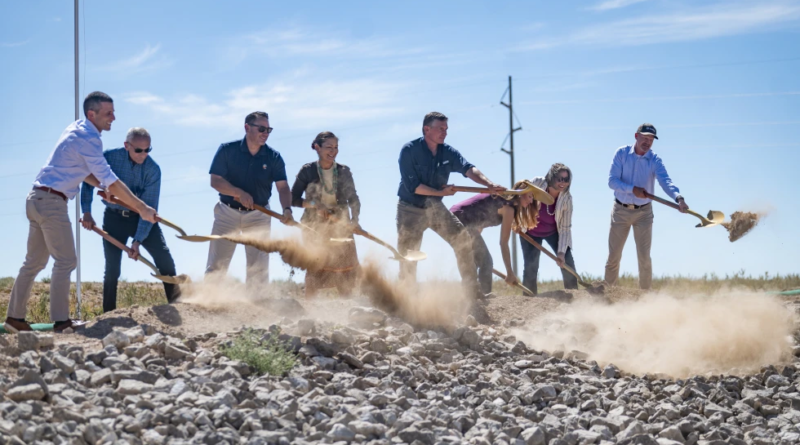Native American tribes conflict with the United States regarding a planned $10 billion renewable energy transmission line.
A $10 billion renewable energy project aiming to distribute clean power across the Western region has encountered a standstill in southwestern Arizona. Native American tribes assert that their concerns about the SunZia renewable energy transmission line’s impact on sacred sites have been disregarded by the federal government.
Last week, federal land managers temporarily halted progress on a 50-mile segment of the SunZia project after the Tohono O’odham Nation urgently requested intervention. They reported bulldozers clearing the San Pedro Valley, potentially damaging historic sites. The San Carlos Apache Tribe, archaeologists, and other tribes in the Southwest joined this plea, emphasizing the cultural and historical significance of the area.
While renewable energy proponents view SunZia as pivotal in the Biden administration’s push for clean energy and grid reliability, tribal leaders like Verlon Jose of the Tohono O’odham Nation challenge the Bureau of Land Management’s priorities. Jose highlighted Interior Secretary Deb Haaland’s directive to prioritize tribal input in land management decisions, emphasizing the need for proper consultation over the project’s impact on sacred grounds.
Also Read About –
In response, Bureau of Land Management Director Tracy Stone-Manning acknowledged the concerns and proposed a forthcoming meeting to address them. However, the agency has yet to respond publicly or clarify the duration of the work suspension.
Pattern Energy, the project’s developer, sees the work pause as a positive step in the consultation process. They’ve aimed to address tribal concerns by planning the transmission line alongside existing infrastructure to minimize disruption. Despite over a decade of planning and modifications to the route, environmental and legal challenges persist, including worries about wildlife habitat and migratory bird patterns in the San Pedro Valley.
Pattern Energy intends to undertake restoration efforts, including planting thousands of agave and saguaro cactuses, funding plant salvage studies, and identifying new agave species along the San Pedro River to mitigate ecological impact.
Source – https://apnews.com/




